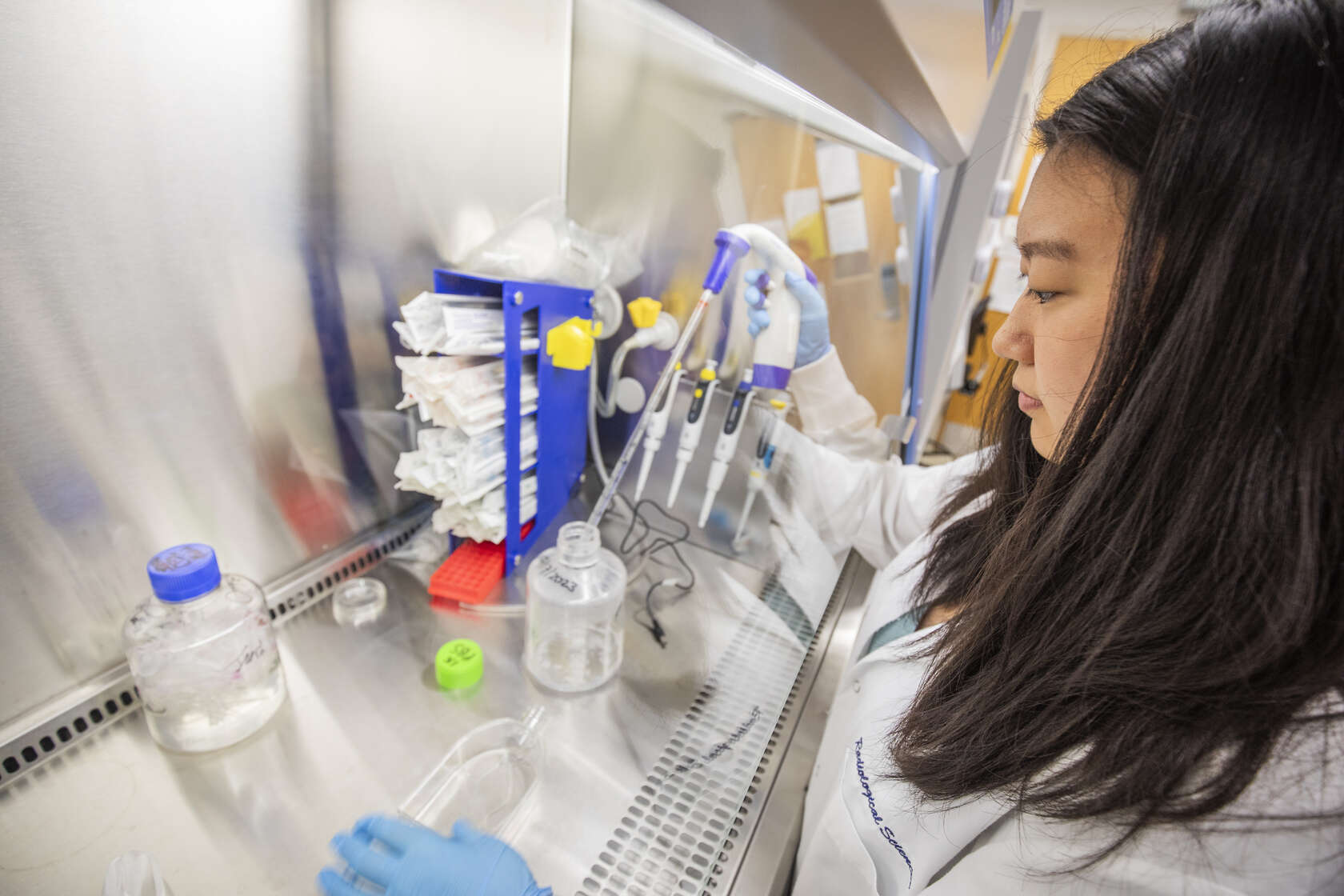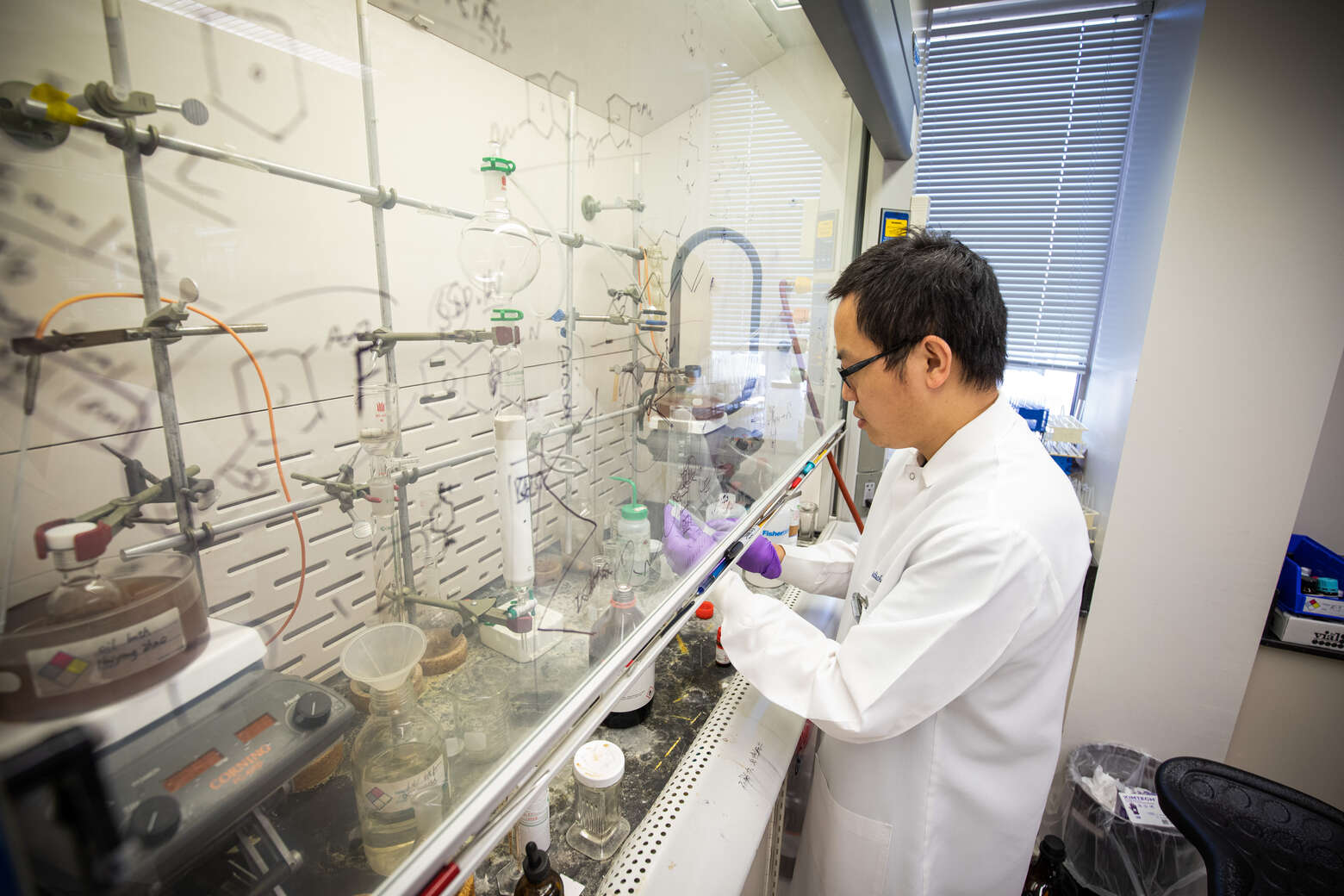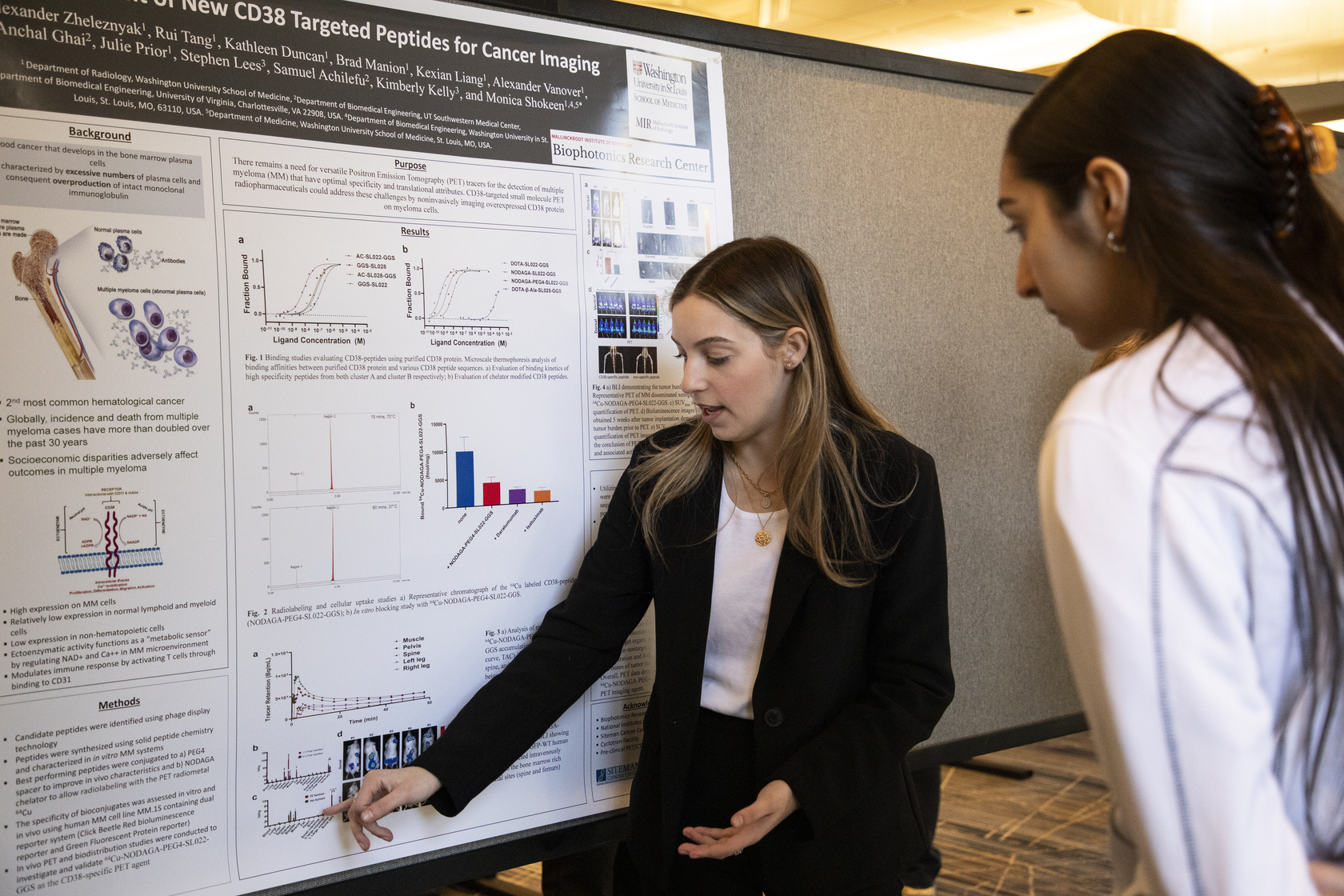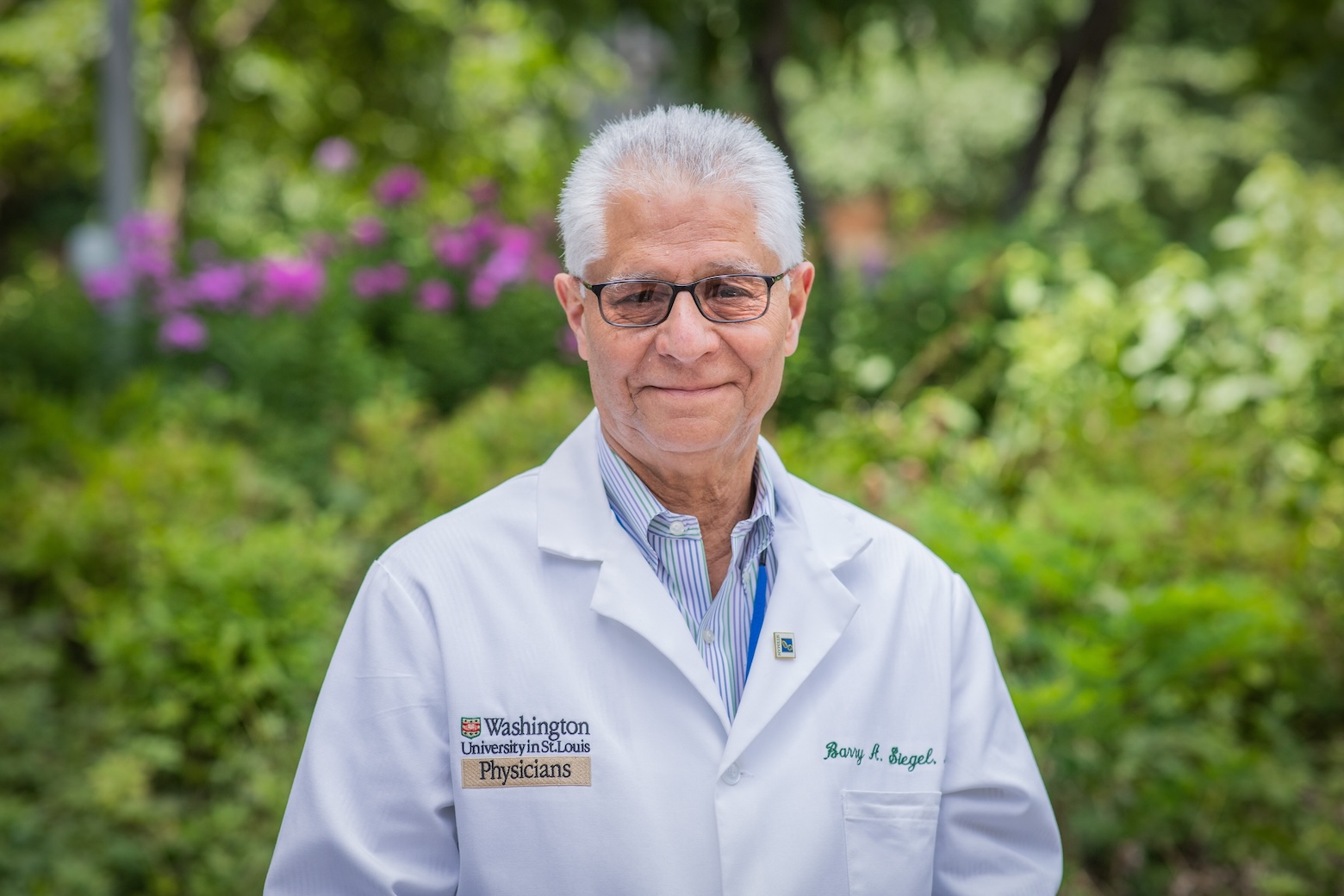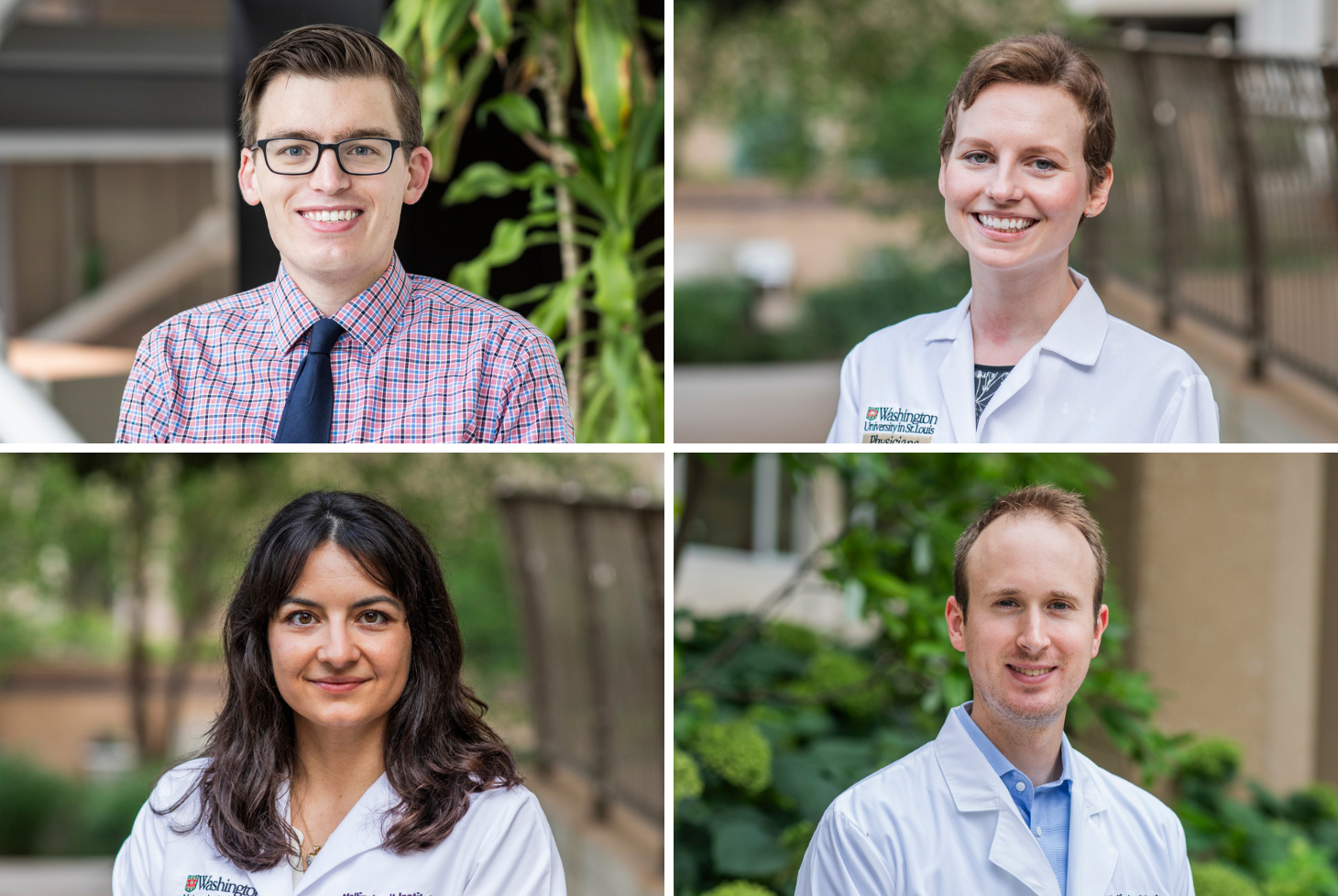Alumni Spotlight: Christine Peterson, MD
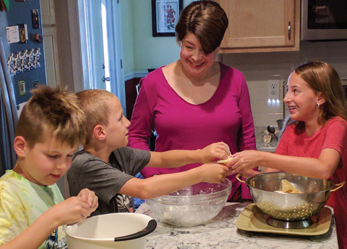
Christine Peterson, MD, (Class of ’05) is an associate professor of radiology in body imaging at Penn State Health Milton S. Hershey Medical Center in Hershey, Pennsylvania. She says her instructors and mentors at Mallinckrodt Institute of Radiology (MIR) inspired her to become a professor. As she instructs and counsels the next generation of radiologists, Peterson draws not only on their examples but on the lessons she learned during a major health crisis in her life.
What attracted you to radiology?
Radiology is so diverse in terms of the disease processes and body systems that it evaluates. I really liked that it was so broad compared to other specialties. I eventually specialized in abdominal imaging for the same reason; the abdomen is a more diverse landscape.
Why did you choose MIR for your residency training?
I applied initially because I had heard it was such a good program. But when I came for my interview, I was struck by how Mallinckrodt had a much more relaxed atmosphere than I expected. People didn’t wear their CVs on their sleeves. During one of my interviews, we talked mostly about where to get a good pedicure in Houston! I was not used to that interest in me as a person. That atmosphere was totally in keeping with my style of learning and how I like to be.
Which instructors made the greatest impression on you?
There were so many of them, but Sanjeev Bhalla and Cooky Menias in particular had — and still have — a hugely positive influence on me. Sanjeev taught me comfort with uncertainty. He had answers to 98 percent of the questions or cases we looked at. But occasionally he would be stumped, too. He taught me not to be devastated by it and how to have an approach for dealing with it.
You went straight into teaching after MIR. What attracted you to teaching?
I had fabulous mentors and wanted to be like them. In particular, David Rubin is someone I emulate. He was one of the smartest radiologists I ever met but he was also very nice, with a good sense of humor. I wanted to do my best for him. He and my other Mallinckrodt instructors were so approachable, and it’s something I perpetuate in my own teaching.
How has your health crisis influenced the way you approach your work?
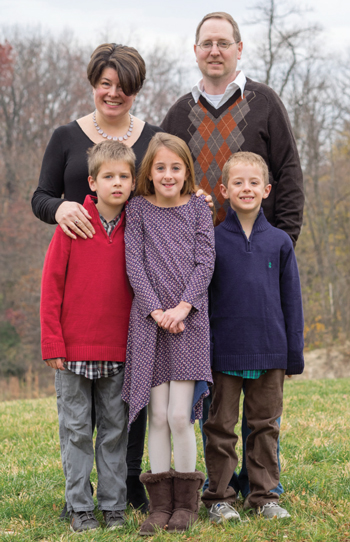
In December 2010, I had a big brain tumor removed. The cortex part of my brain that remembers facts was fine, but I had brain-stem issues that affected swallowing, walking, talking, all those basic functions. It took a year to recover. It was eye-opening on many levels, from the ease of getting appointments scheduled to having a resident try to normalize and dismiss something that was very concerning for me. The hardest and most disconcerting thing was the total lack of control — people in the hospital telling me what to do and when. I think about that every day now in my practice. When I look at a CT or MRI, I keep in mind that this is a real person whose life might have been totally fine right before this scan and they have an entire life that is not about this illness. A few years ago, that person was me.
You’re celebrating your tenth anniversary at Penn State Health. How has the program evolved in that time?
We’ve made it much more resident-centered and learning-centered than it was. We hired an adult education specialist who has been instrumental in suggesting different teaching approaches that might speak more to adult learners. Our faculty is very intellectually curious; I value that. We have a culture of being open to things changing and keeping a fresh outlook on curriculum and our approach.
What is your day-to-day like in your position as associate professor of radiology?
I spend about half of my time doing administrative duties and half on clinical time. I perform mostly CT and MRI, and a little fluoroscopy and ultrasound. My department has been very supportive of my clinical time; I did not go to med school and Mallinckrodt to be a full-time administrator. That said, my favorite and most important administrative role is as program director for residents. I try to emulate Dennis Balfe, who was such a fabulous resident director for me in my first year at Mallinckrodt. He was so accessible and such a fantastic resource for us residents.
What are your interests beyond radiology?
I really enjoy cooking. Not baking, though—that requires too much precision. I like to improvise, throw in a pinch of this and that. Now that my three children are ages 9 and 11, they are old enough to have enough attention and interest and manual dexterity to participate in the kitchen, too. They like making waffles every morning and stuffed shells for dinner. They take over the kitchen and I clean up the messes later.

